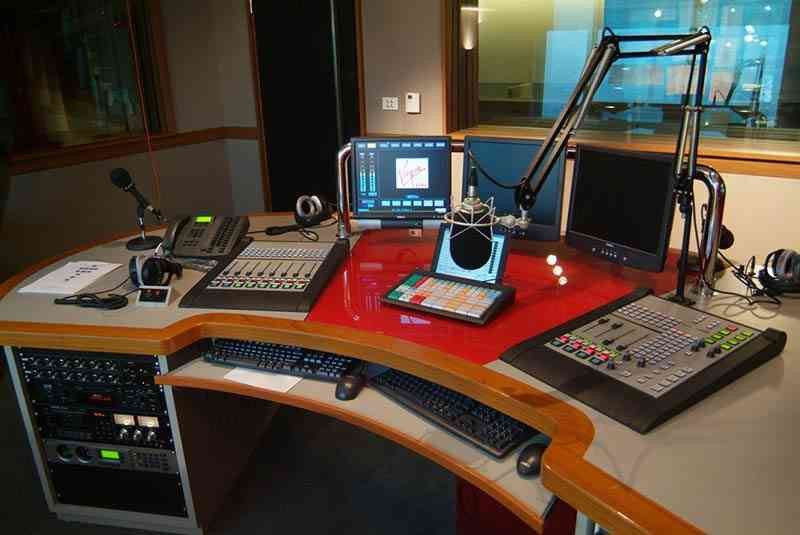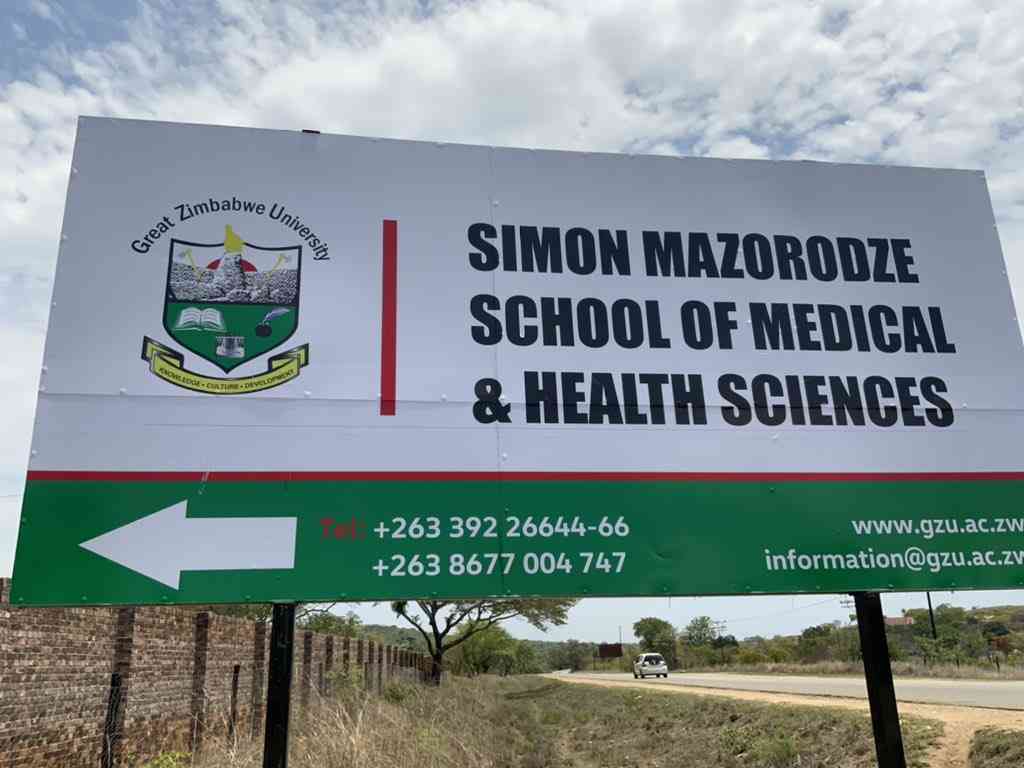
The Broadcasting Services Amendment Act No.2, 2025 (Hereinafter referred to as the Act/ Amendment Act) represents a significant shift in Zimbabwe’s media regulation landscape.
Promulgated as part of broader media law reforms, the amendment aims to align the Broadcasting Services Act [Chapter 12:06] with constitutional principles, technological advancements and regional best practices.
However, while the Act introduces commendable improvements, it also raises substantial concerns regarding media independence, digital rights and regulatory integrity.
One of the most notable improvements is the formal recognition of online broadcasting services and digital platforms.
The Amendment marks an important step in modernising Zimbabwe’s media regulation by formally recognising internet-based broadcasting such as podcast, streaming platforms and social media live streams.
This is a timely and progressive reform, considering that audience habits have shifted dramatically toward digital content consumption.
By acknowledging the role of online platforms, the Amendment Act attempts to align Zimbabwe’s media law with 21st century realities, where traditional radio and television are no longer the sole or even primary sources of information for many, especially the youth.
This recognition potentially creates space for digital content creators, entrepreneurial media start-ups and community-driven online platforms to operate within a regulated environment.
- Key considerations for the future of radio broadcasting in Zim
- Why newly-licensed radio stations face bleak future
- Why newly-licensed radio stations face bleak future
- Key considerations for the future of radio broadcasting in Zim
Keep Reading
It may also encourage foreign investment and technological innovation in the media space, particularly if it enables licensing frameworks that are fair, transparent and inclusive.
However, this alignment is not without risks. While the Act seeks to align with internet and technological developments, it went about it the wrong way by failing to provide a clear and narrow definition of what constitutes internet broadcasting service.
This vagueness opens the door to regulatory overreach, where citizen journalists, bloggers and even social media users could be subjected to licensing requirements meant for large scale broadcasters.
The potential for selective enforcement is high especially in politically sensitive periods such as elections, turning what should be for protective measure into a tool for digital censorship and surveillance.
Therefore, internet-based broadcasting must be anchored in robust safeguards that ensure digital rights, freedom of expression and non-discriminatory regulation.
Without these, the modernisation risks becoming a digital leash, rather than a progressive leap forward.
The Amendment Act makes a notable attempt to diversify Zimbabwe’s broadcasting landscape by expanding the categories of services recognised under law.
In addition to traditional formats such as public, commercial and community broadcasting, the Act now formally includes subscription management services, internet-based broadcasting, webcasting, satellite uplinks and datacasting services.
This is a progressive development that reflects the changing nature of global media, where convergence between telecoms, broadcasting and digital content platforms is increasingly becoming the norm.
By formally acknowledging these new categories, the Act opens the door for new entrants, especially in the digital and pay-TV sectors, and provides legal recognition for content distributed online.
This could stimulate competition, technological innovation and audience choice, while also giving a regulatory identity to previously grey areas of media activity such as podcasting and over-the-top services.
It is also commendable that community broadcasting remains prioritised with clearer licensing and funding support mechanisms introduced to enhance linguistic and cultural inclusion, especially in rural and underrepresented communities.
The Amendment Act makes a modest but important attempt to enhance women’s representation in media governance structures.
Specifically, the Act mandates that at least three of the seven Broadcasting Authority of Zimbabwe (BAZ) board members be women.
While this quota signals progress, its impact will depend heavily on implementation, transparency in selection processes and whether these appointment translate into real influence over policy decisions.
Meaningful representation goes beyond numbers, it requires creating space for women’s voices in content creation, regulation and media leadership.
On the other hand, the promotion of community broadcasting services marks a potentially transformative step for inclusive media.
The Act provides for a licensing framework that encourages grassroots participation, particularly by marginalised and rural communities.
The Amendment Act also states that community broadcasters must predominantly use languages spoken by their target community and ensure community participation in content creation and station governance.
One of the most glaring flaws in the Amendment Act is the continued lack of institutional independence of the BAZ.
While the Act claims to improve regulatory transparency and promote democratic media governance, Section 4 entrenches executive dominance by giving the President sole power to appoint all members of the BAZ Board, merely “after consultation” with the minister and the Committee on Standing Rules and Orders.
This language is intentionally weak.
“Consultation” does not require agreement, rendering both the minister and the committee effectively powerless to influence the final appointments.
In practice, this means that the BAZ Board can be composed entirely of individuals handpicked by the Executive, with no meaningful public scrutiny, parliamentary oversight, or stakeholder participation.
This set-up completely undermines the credibility, neutrality and public trust that a broadcasting regulator must have in a democratic society.
Instead of serving the public interest, such a board is highly vulnerable to political patronage, and its decisions especially regarding licensing, content regulation, and sanctions risk being driven by partisan interests rather than constitutional principles.
This framework violates Section 61(3) of the Constitution, which explicitly requires that broadcasting regulation be exercised by an independent body free from government or political control.
By placing appointment powers squarely in the hands of the President, the Act defies the letter and spirit if this constitutional safeguard.
It also contradicts international best practices such as those outlined in the African Charter on Broadcasting (2001), which calls for the media regulator to be institutionally, functionally and politically independent.
The dangers of this arrangement are not hypothetical.
Zimbabwe’s broadcasting history is littered with examples of State-aligned media monopolies, selective licensing, and the exclusion of dissenting voices all enabled by a regulatory body beholden to political elites.
Under this amendment, the same system is simply rebranded, not reformed.
The Act mandates all motorists to pay ZBC radio licence before obtaining vehicle insurance, regardless of whether they use ZBC services.
While ostensibly intended to support public broadcasting, in reality, this measure is coercive and opaque.
The issue is the fact that ZBC is not subject to clear public accountability or independent audit regarding how the collected fees are used.
Without legal guarantees of transparency in how these funds are allocated, the measure risks eroding public trust and the system will just resemble a State-sanctioned revenue scheme.
Moreover, funnelling public money exclusively to ZBC, an institution historically criticised for political bias, further undermines the principles of public service broadcasting.
A plural funding model where revenues are distributed among a variety of public and community broadcasters could ensure broader support for media diversity and fairness.
A particularly troubling aspect of this provision is the lack of clear, published criteria for obtaining an exemption certificate.
While the Act provides a declaration form allowing motorists to swear their vehicle is not equipped with a radio receiver, it does not define how exemption applications are assessed, who qualifies or what verification procedures are in place.
This opens the door to inconsistent, subjective or even discriminatory application of the law by ZBC or affiliated agencies.
Section 6 of the Amendment Act introduced a provision that requires the BAZ to invite broadcasting licence applications at least once every year, “subject to the availability of band spectrum”.
At first glance, this appears to be a progressive step toward greater regulatory consistency and transparency.
Mandating an annual call for applications could, in theory, create opportunities for new entrants, especially community broadcasters and independent players who have long been excluded from the media landscape.
However, this provision is ultimately a mixed bag, and the potential for misuse far outweighs the intended benefits.
The conditional phrase “subject to the availability of band spectrum” is vague, unqualified and easily exploitable.
It gives BAZ a built-in excuse to delay or withhold licences indefinitely, without providing any technical evidence, audit mechanisms or public justification.
This loophole hands disproportionate discretion to the regulator, allowing it to arbitrarily block new broadcasters under the guise of spectrum scarcity.
In reality, spectrum scarcity is no longer a credible justification in the digital era.
Advances in digital broadcasting and spectrum-sharing technologies have vastly expanded the capacity to accommodate multiple broadcasters within the same frequency range.
Other African countries like Kenya and Tanzania have used digital migration as a chance to open up space for diverse, community-based and digital first broadcasters.
Zimbabwe, by contrast, appears to be using it to tighten control.
The progressive element requiring at least one public call for applications per year is undermined by the authority’s control over timing, criteria, and technical justifications.
Applicants have no right to apply proactively. They are entirely dependent on the authority initiating the process, which can be delayed indefinitely using the spectrum line as a cover.
This turns what should be an open licensing framework into a closed, selective and politically-filtered process.
Consequently, Section 6 of the Amendment Act merely disguises arbitrary licensing under a technical pretext.
In conclusion, while the Act introduces some welcome reforms such as recognising digital broadcasting and expanding service categories, it ultimately falls short of delivering genuine media reforms.
The continued lack of regulatory independence, vague digital provisions do undermine democratic values.
Mlondolozi Ndlovu is the interim MISA Harare advocacy chairperson. He is also a media lecturer, legal and media researcher who writes in his own capacity. He is reachable on email: mlondo717@gmail.com










